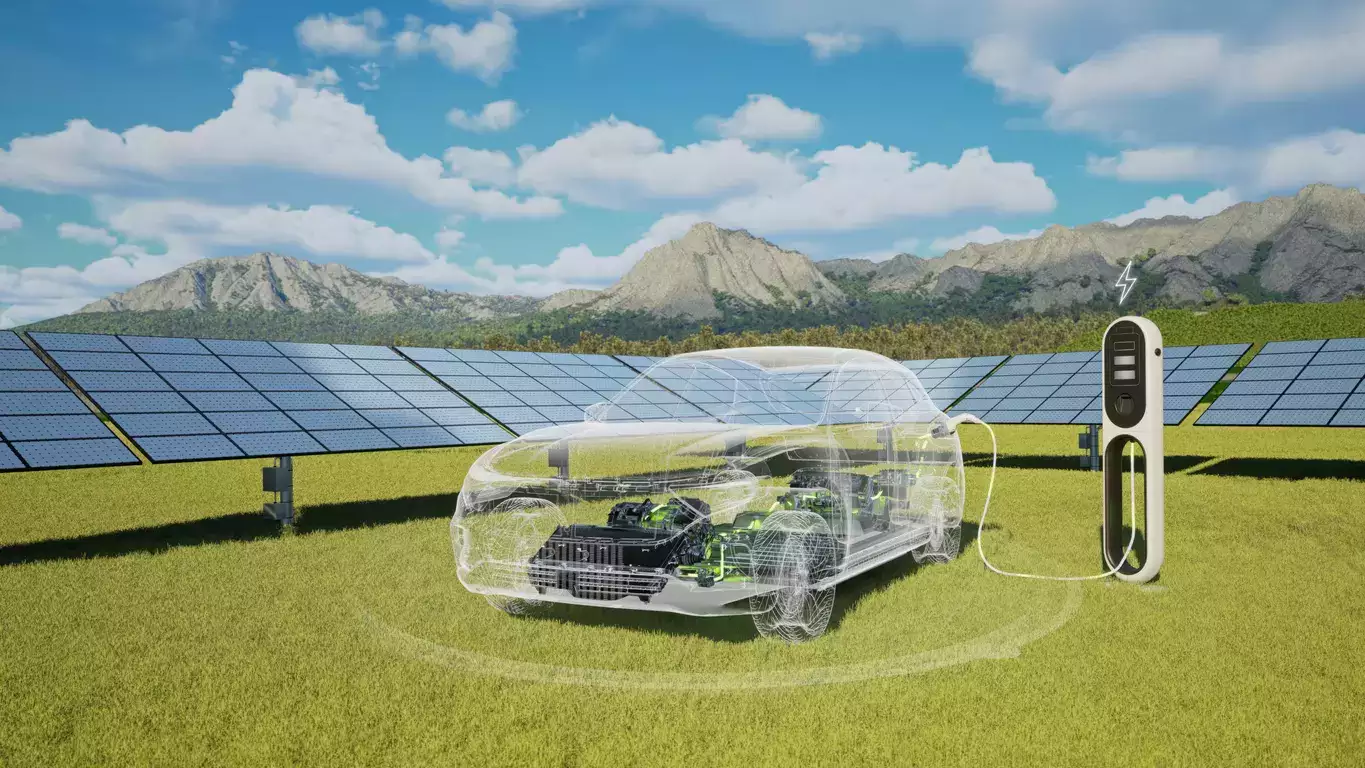
However, sustainability in EVs goes beyond cutting emissions; it requires considering the entire lifecycle of production materials. With the dual challenges of climate change and resource depletion, automakers are increasingly integrating sustainable materials into their EV designs. This transition not only aligns with global sustainability goals but also caters to a growing base of environmentally conscious consumers.
Innovations in Sustainable Materials in EV Design
Integrating sustainable materials in EV design can lead to significant innovations, fundamentally transforming vehicle construction and perception.
Recycled metals: With the projection of 46 million ELVs in India, there is an urgent need for advanced recycling technologies to recover valuable metals, plastics, and batteries. This need is particularly critical as the industry transitions from lead-acid to lithium-ion batteries. Some key key players in the industry are pioneering the integration of recycled metals into their EV designs, aiming to recycle up to 95% of a vehicle’s materials. With broader adoption of sustainable practices, this recycling rate could rise to 97-98%.
A promising trend in the industry is the increasing use of recycled aluminium and steel, which require significantly less energy to process. This shift reduces the carbon footprint associated with vehicle production and supports the principles of a circular economy. The industry is achieving both environmental and economic benefits by repurposing materials rather than discarding them.
Eco-friendly leathers and paints: Sustainability in EVs goes beyond emissions reduction, extending to the materials used in vehicle interiors. There is a growing trend towards adopting plant-based and synthetic leathers, reflecting a broader commitment to eco-friendly design. For instance, some EV models feature interiors with eco-processed leather dyed using flaxseed oil and components such as headlining, and carpets made from bio-based materials derived from sugarcane and corn. Another notable example is the shift towards leather-free interiors, with a commitment to using only vegan materials. Additionally, companies have ambitious plans to ensure that by 2025, 25% of the materials in new vehicles will consist of recycled and bio-based content.
Battery Recycling: The sustainability of EVs is heavily influenced by how their batteries are managed at the end of their lifecycle. Several companies are committed to recycling battery waste, a critical step in supporting a circular economy. This initiative reduces the environmental impact of battery disposal and recovers valuable materials such as lithium, cobalt, and nickel, which can be reused to produce new batteries. Research by Niti Aayog, in collaboration with the UK Government, highlights that Lithium-ion batteries are increasingly being reused and recycled. These batteries are typically replaced when their performance drops below 70-80% of their original capacity.
However, instead of being discarded, they are often repurposed for less demanding applications, such as inverters, uninterruptible power supplies, and telecommunications. This second-life use is particularly significant for India, where the adoption of electric two-wheelers (E2Ws) and three-wheelers (E3Ws) is rapidly growing. Although these vehicles' batteries have a shorter second life, they can still provide valuable opportunities for reuse, thus making EVs more affordable and practical for consumers, accelerating the shift from internal combustion engine (ICE) vehicles to electric mobility.
Design for recyclability: EV manufacturers are increasingly integrating end-of-life considerations into their initial design processes. At the core of this strategy is modular construction. By creating vehicles with easily separable components, manufacturers are simplifying the recycling process and maximizing material recovery. This modularity extends to battery design, where standardization across models and brands is becoming increasingly common, facilitating easier recycling and potential second-life applications.
Innovative cooling solutions: Recent advancements in thermal management systems, particularly those incorporating phase change materials (PCMs), are showing promising results in addressing these challenges. A study has revealed that EVs equipped with PCM-based thermal management systems experience a significant 15% increase in energy efficiency. This improvement is particularly notable in regions, such as India, with extreme weather conditions.
The road ahead for sustainable materials in EVs
The future of sustainable materials in EV design is characterized by ongoing innovation and deeper integration into manufacturing processes. As the automotive industry continues its shift towards electrification, the significance of these materials will only grow, influencing both vehicle design and the entire lifecycle of EVs. However, achieving this vision will require collaboration between manufacturers, governments, and research institutions to develop technologies that enable efficient material recovery and repurposing.
Countries like India are making progress, but the scale of the challenge requires coordinated international efforts. Policy frameworks that incentivize using sustainable materials and support research into advanced recycling technologies will be essential. Additionally, establishing a robust recycling infrastructure and setting ambitious sustainability targets will be key to driving further advancements in this area.
As consumer demand for sustainable vehicles rises, manufacturers will be increasingly motivated to adopt eco-friendly practices. The competitive edge in the automotive industry will likely hinge on the ability to offer vehicles that are truly sustainable, demonstrating a strong commitment to environmental stewardship. In the long term, integrating sustainable materials into EV design can transform the automotive industry, reducing environmental impact and promoting resource efficiency. This shift is not merely a trend but a fundamental change in how vehicles are designed and produced, with far-reaching implications for the future of mobility.
To learn more about the electric vehicle ecosystem and meet the key industry leaders, click here.
Disclaimer: The copyright of this article belongs to the original author. Reposting this article is solely for the purpose of information dissemination and does not constitute any investment advice. If there is any infringement, please contact us immediately. We will make corrections or deletions as necessary. Thank you.





